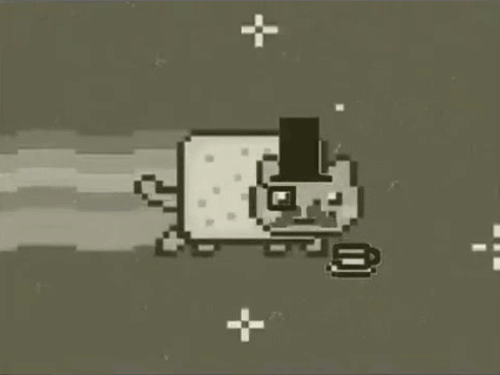Eva Peron, the wife of Juan Peron, President of Argentina. she was a benefactor to the community and to the poor, she was loved by all. Why then must a military organization go and run off with the body? Chaos and a loss of a symbol of goodness in the world, that's why.
Apparently, the Grand Theft Body wasn't enough, the same officers who took the body also overthrew Juan in a coup. After years of searching, the body was finally found and the persecutors punished. During the process of restoring the body, it was discovered that the thieves could not abstain from defiling the body. Yep you read right, the thieves took the body of an emaciated dead woman and had their way with it. Ew, I know. In the end, the body was stored in a normal casket at a memorial. So all's well that ends well, I suppose.
And now, how to properly be a flying pop-tart cat in space...

